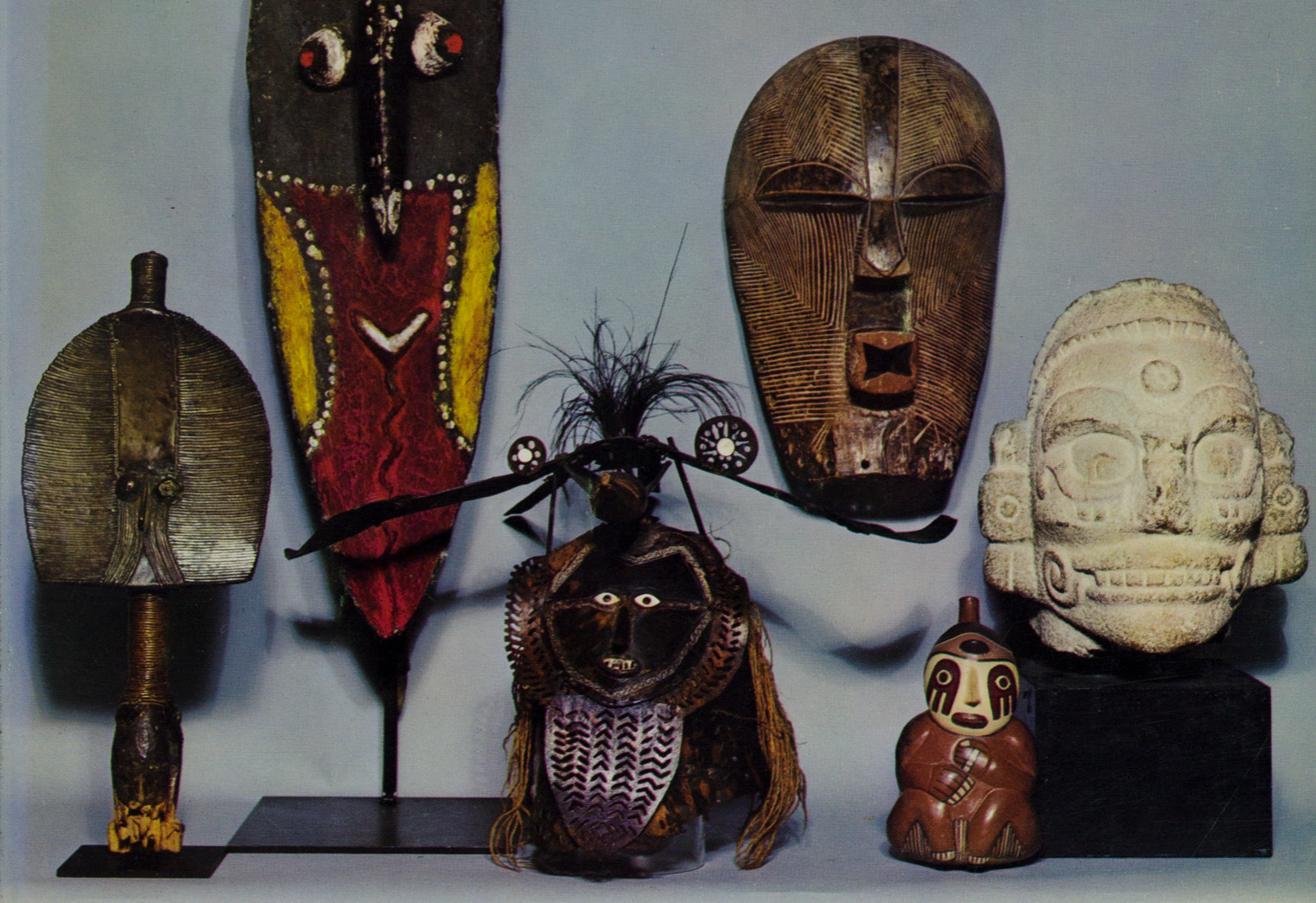Like many art museums, The Metropolitan Museum of Art here in New York City contains human remains. This may sound shocking, but as long as human beings have been creating, they have been using the materials available to them. This has often included human bones, hair, skin, and bodily fluids.

One of the most common examples of this is the display of Egyptian mummies. The Met displays several mummies, and their accompanying funerary objects. Curators, Egyptologists, and human rights advocates have argued over the ethics of displaying mummies for many years, but for now, most major art museums proudly display the remains of these people. One argument for this is that Egyptian Mummies are not just human remains, but a prime example of the artistic culture of ancient Egyptian society. Every mummy, and their accompanying funerary objects, demonstrates the talents of scribes, sculptors of wood and stone, painters, jewelers, and embalmers. Egyptian society heavily revolved around preparation for the afterlife, and in order to understand the artistic language of that culture, some argue that the display of these mummies is necessary. For the largest art museum in the United States, an Egyptian collection is considered a must-have, and that includes the display of mummified human remains, for now.

The Met has done an incredible job of making their collection accessible online, not just in person on Fifth Avenue. In looking at the online archive of the Met’s collection, three pieces stand out to me, the right tibia of a child, presumably the accompanying femur of the same child assumed to be from ancient Egypt, and the right mandible of a soldier of the Middle Kingdom in Egypt. These bones are not on view, but they are not mummified, and they are not adorned. The museum owns these bones, but does not display them. The child’s remains were acquired in the 1970s, but other than that little information about them, or why the museum has ownership of them is provided. The mandible of the soldier was acquired during a museum sponsored excavation in Egypt during 1926-1927, and at the time might have been argued as an important cultural marker.

Also within the collection are several objects from other parts of the world that include human material. The Met also possesses several objects listed as “Overmodeled Skull” or “Ancestral Skull” These items come from Papua New Guinea and Indonesia, respectively. They are also not on display, but at one point were part of “The Museum of Primitive Art” which was the personal collection of Nelson Aldrich Rockefeller. The term “primitive” is a loaded one, often used to demean the culture it is describing for failing to conform to European standards. These objects might not be displayed for the fact that they are human remains, or that the cultural importance is such that displaying them to people outside the original culture could be considered disrespectful of a closed cultural practice. Conversely, it might be in storage to protect the item from the wear and tear of harsh lighting, dust, and other concerns that curators face when trying to simultaneously preserve and display pieces.
.jpeg)
Another place that human remains are displayed in the Met is the collection of musical instruments. Within the collection, there are some items of particular interest: the Damaru and the multiple human skull lyres. The Damaru, or thod-rnga is a Tibetan instrument, used by Buddhists in ceremonies to ward off evil. This particular example is constructed from two human craniums, and is currently on display. Other examples of this instrument might include only drawn depictions of skulls. The lyres, all constructed from human skulls and animal horns, are more tricky to attribute the purpose of. It is assumed now that these instruments were made by indigenous populations to make money off of ignorant European colonists and tourists. They are fascinating examples of how racist and colonial attitudes can influence the human bone trade, with the interests of white buyers driving local populations to create highly controversial items from human remains that may not have any actual use in their culture. This phenomenon can also be referenced when talking about the shrunken head market.

The museum also houses more recent human items. An Ancestor Effigy made by Asen Maki in the 1960’s on Tommon Island in the Republic of Vanuatu lists a human skull in its materials. In this Pacific Island culture, the head is considered “the seat of the soul” and skulls are often preserved after the death of an individual in order to make funerary art with, and to create a symbolic image of the deceased’s spirit. The Met also houses several bracelets constructed from human teeth from the Philippines, all from the collection of John Elliot of Princeton, New Jersey. While teeth are often viewed with less stigma than other bones, these pieces remain out of view. They are dated from the late 19th century to the early 20th century. But teeth, bones, and hair are not the only human materials found in the museum. “Incubus,” by artist Simon Costin is a necklace with five vials filled with human semen, collected from the artist’s friends in 1987. Costin is well known for his wearable objects incorporating animal taxidermy and osteology that push boundaries. “Incubus” is perhaps an expansion upon his boundary pushing work, using human material for shock-value. What separates this piece from most of the human material in the museum is that the participants demonstrated consent for the collection and display of their bodily remnants to be used.
Museums constantly grapple with the ethics of displaying human materials. The Met is no different, and perhaps in coming decades we will see a radical shift in how these items are displayed.


.jpg)



